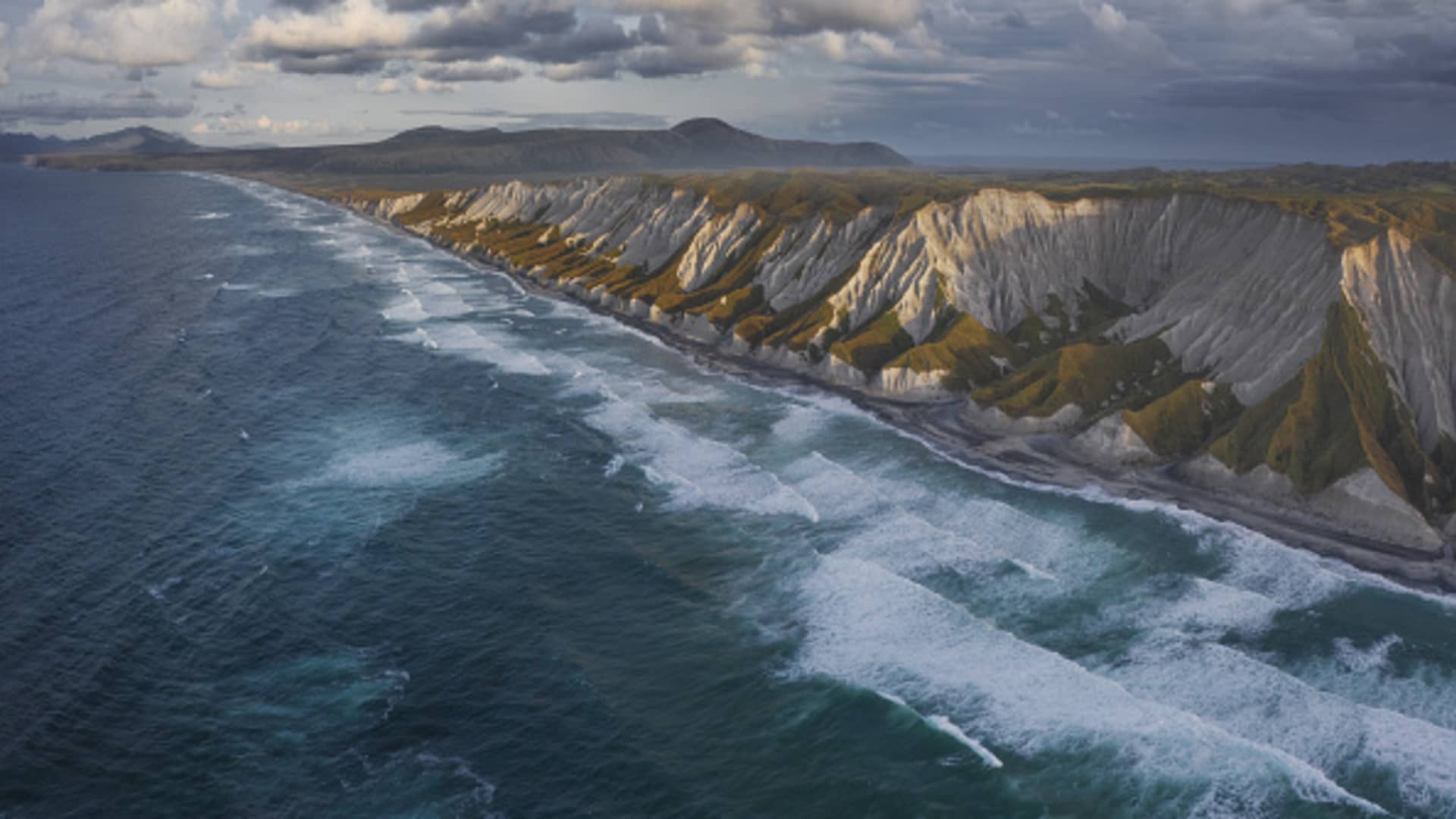Kamchatka Trembles: Analyzing the Recent Earthquake Events
A Region Under Seismic Stress
The Kamchatka Peninsula, a remote and rugged stretch of land in Russia’s Far East, has long been known for its seismic activity. However, recent events have brought renewed attention to this region, as a series of powerful earthquakes have rattled the area, triggering tsunami warnings and raising concerns about the potential for widespread damage. The peninsula’s location along the Pacific Ring of Fire, a hotspot for tectonic activity, makes it particularly susceptible to such events. Understanding the recent seismic activity in Kamchatka requires a closer look at the geological forces at play, the immediate impacts of these earthquakes, and the broader implications for the region and beyond.
The Wednesday Earthquake: A Magnitude 8 Jolt
On a Wednesday that will not soon be forgotten, the Kamchatka Peninsula was struck by a massive earthquake, registering a magnitude of 8.6. This powerful quake, with its hypocenter just 19.3 kilometers below the surface, sent shockwaves through the region and beyond. Shallow earthquakes of this magnitude are particularly dangerous due to their proximity to the Earth’s surface, which can amplify their destructive potential.
The immediate response to this seismic event was swift and coordinated. Tsunami warnings were issued across the Pacific, with Japan and the United States among the first to sound the alarm. The Japan Meteorological Agency released a tsunami advisory for Japan, while the U.S. Tsunami Warning Center also issued warnings for the broader Pacific region. In Kamchatka, local officials urged residents to evacuate coastal areas, with reports indicating that a tsunami with waves reaching 3-4 meters (10-13 feet) was recorded in some locations. The Kamchatka Governor described the earthquake as the strongest in decades, underscoring the severity of the event.
Earlier Seismic Activity: A Prelude to the Main Event?
The Wednesday earthquake was not an isolated incident. In the days leading up to the main event, the Kamchatka Peninsula experienced a series of smaller, yet still significant, seismic activities. One week prior, a magnitude 7.4 earthquake struck near Petropavlovsk-Kamchatsky, Russia. This quake, along with others in the series, prompted brief tsunami alerts in Russia and Hawaii.
The USGS reported that the 7.4 magnitude quake occurred at a depth of 20 kilometers, a depth that, while still shallow, is slightly deeper than the subsequent magnitude 8.6 event. The Pacific Tsunami Warning Center issued a warning that hazardous tsunami waves were possible within 300 kilometers (186 miles) of the epicenter. These earlier quakes served as a reminder of the region’s tectonic instability and may have been precursors to the more powerful earthquake that followed.
Tectonic Setting: Understanding the “Why” Behind the Shakes
To fully grasp the seismic activity in Kamchatka, it is essential to understand the geological context. The Kamchatka Peninsula is situated along the Pacific Ring of Fire, a horseshoe-shaped belt around the Pacific Ocean known for its high concentration of volcanoes and earthquake epicenters. This region’s intense seismic activity is primarily driven by the subduction of the Pacific Plate beneath the Okhotsk Plate.
Subduction zones are areas where one tectonic plate slides beneath another, a process that generates immense pressure and friction. This geological dance can lead to the accumulation of stress, which is eventually released in the form of earthquakes. The shallow depth of many earthquakes in the Kamchatka region, combined with the magnitude of some of these events, makes the area particularly prone to tsunami generation. The recent earthquakes are a stark reminder of the powerful forces at work beneath the Earth’s surface in this region.
Impact and Response: Evacuations and Damage
In the immediate aftermath of the Wednesday earthquake, the focus was on issuing tsunami warnings and conducting evacuations. Local authorities in Kamchatka urged residents to move away from coastal areas, and evacuations were carried out in some regions. While initial reports indicated some damage, the full extent of the impact remains to be assessed.
The speed and effectiveness of the tsunami warning systems played a crucial role in mitigating potential damage and loss of life. Japan’s prompt issuance of a tsunami advisory, along with warnings from the U.S. Tsunami Warning Center, allowed for timely responses in vulnerable areas. These systems, honed over years of experience and technological advancements, are a testament to the importance of preparedness in regions prone to seismic activity.
Tsunami Threats: A Pacific-Wide Concern
Tsunamis generated by earthquakes can travel across entire ocean basins, posing a threat to distant coastal communities. The recent earthquakes off the Kamchatka Peninsula raised concerns about potential tsunami impacts across the Pacific. While the immediate threat has subsided, the events serve as a reminder of the destructive power of tsunamis and the importance of maintaining robust warning systems.
The Pacific Tsunami Warning Center, along with other international agencies, plays a vital role in monitoring seismic activity and issuing timely warnings. These systems are designed to provide early alerts, allowing communities to evacuate and take protective measures. The recent events in Kamchatka highlight the need for continued investment in these systems and the importance of international cooperation in managing tsunami risks.
Conclusion: A Region Prone to Seismic Activity
The recent earthquakes off the Kamchatka Peninsula underscore the region’s vulnerability to seismic activity. While the immediate tsunami threat has passed, the events emphasize the need for continued monitoring, preparedness, and investment in early warning systems to protect vulnerable coastal communities. The Kamchatka Peninsula’s location along the Pacific Ring of Fire ensures that it will remain a region prone to future earthquakes, making proactive measures essential for mitigating future risks.
As the world watches and learns from these events, the importance of understanding and preparing for seismic activity becomes ever more apparent. The lessons from Kamchatka serve as a reminder that, in a world where natural disasters can strike at any moment, vigilance and preparedness are our best defenses. The tremors in Kamchatka may have subsided, but the call to action remains loud and clear.











